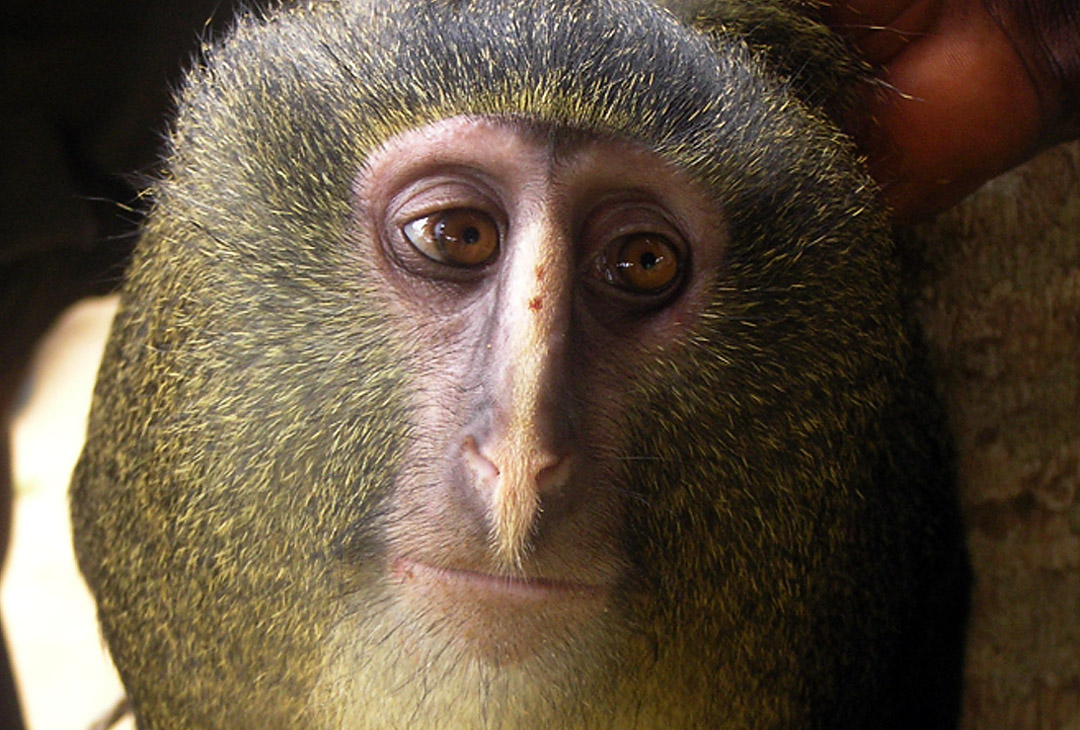
Summer Student Work: Students in Larissa Williams’ zebrafish lab among first to use innovative technique
In a fourth-floor lab in Carnegie Science Hall, biologist Larissa Williams has student researchers working on big projects involving tiny zebrafish.
In this audio slide show, featuring photographs by Marc Glass ’88, Williams outlines a project now being executed by biochemistry majors James Meyo ’14 of Nairobi, Kenya, and Jenny Chen ’16 of Englewood, Colo.
Under Williams’ guidance, Meyo and Chen are believed to be the first U.S. undergraduates to employ a certain research technique in an innovative way.
The technique, chromatin immunoprecipitation, or ChIP, helps researchers examine how proteins bind to certain areas of DNA strands. The nature of this protein binding determines how genes get turned on and off.
“The novelty of James and Jenny’s work is that they’re conducting this protocol in whole zebrafish embryos,” Williams says. “This is not trivial. In fact, they’re on the cusp of cutting-edge research.”
Williams uses a car analogy to explain protein binding. “The protein is the key to the car, and the DNA is the ignition.” When the protein binds to the DNA, it’s like the key going into the ignition and turning. “The car moves — the gene is turned on.”
Williams and her students will use ChIP to investigate gene expression — what a gene actually does — during the embryonic development of zebrafish.
Besides being a familiar inhabitant of the family aquarium, zebrafish make a great research model, says Williams. For one, there’s the convenience factor. Zebrafish are easy to raise in the lab, and their embryos grow outside their bodies.
Plus, she adds, “humans share 77 percent of our genes with zebrafish, so they are an excellent biomedical model.” The fish also do double duty as a model for environmental research. “The knowledge we learn in the lab, such as the effects of environmental toxins, can be transferred to what fish are experiencing in the wild.”
Chen and Meyo, whose work is being funded through the INBRE Fellowships program, are working in the Williams lab alongside biology majors Dan Jordan ’14 of Washington, D.C., and Allison Tsomides ’14 of Troy, Maine. The latter pair are looking at the production of blood in zebrafish, again from a genetic perspective.
As of early July, the four students in the Williams lab were doing the tedious but crucial work to set up their projects. Yep, it can be boring, says Williams.
“Start over.”
“There’s trial and error just getting projects off the ground,” she says. “But one of the most important things about summer research is teaching students that the process of scientific inquiry will include failure.”
As if on cue, a student approaches Williams reporting something awry with the pH of a solution she’s preparing.
“Start over,” Williams advises. “You’re already over volume, which means your molarity is off.”
Failure, Williams continues, “occurs even in the smallest of contexts.”
But it won’t be long before the students begin generating novel data for their projects. Then, later in the year, they’ll report results in Bates research papers or senior theses. Eventually, that thesis or paper could get published in an academic, peer-reviewed journal.
“And they will be listed as co-authors of that paper because they will have had complete ownership of the creation of this new knowledge,” Williams says.


